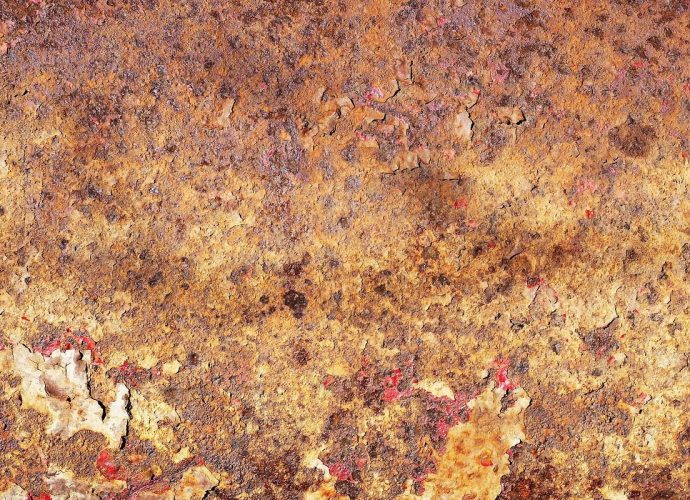What Does A Carburetor Do In A ATV?
An ATV carburetor works by mixing air and fuel to allow for internal combustion. Carburetors usually have a narrow kink called a venturi that speeds up the air, thus lowering its pressure. Decreased air pressure allows the fuel pipe to release fuel, allowing air and fuel to mix in theRead More →







